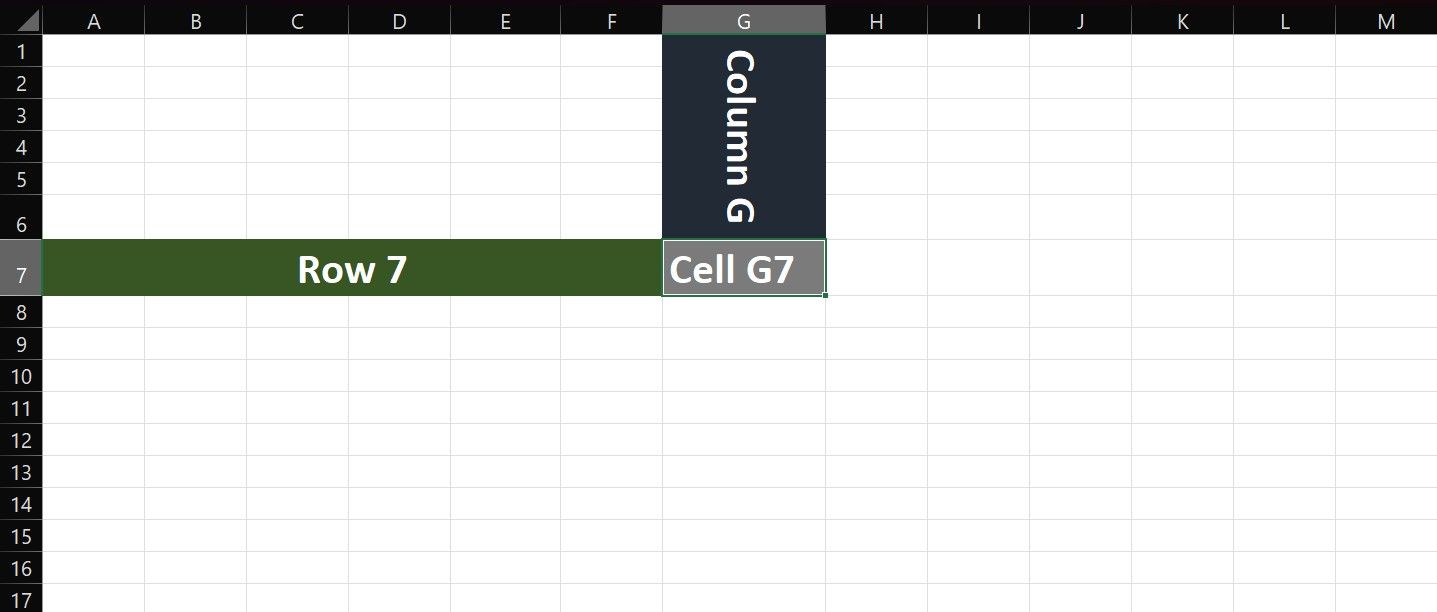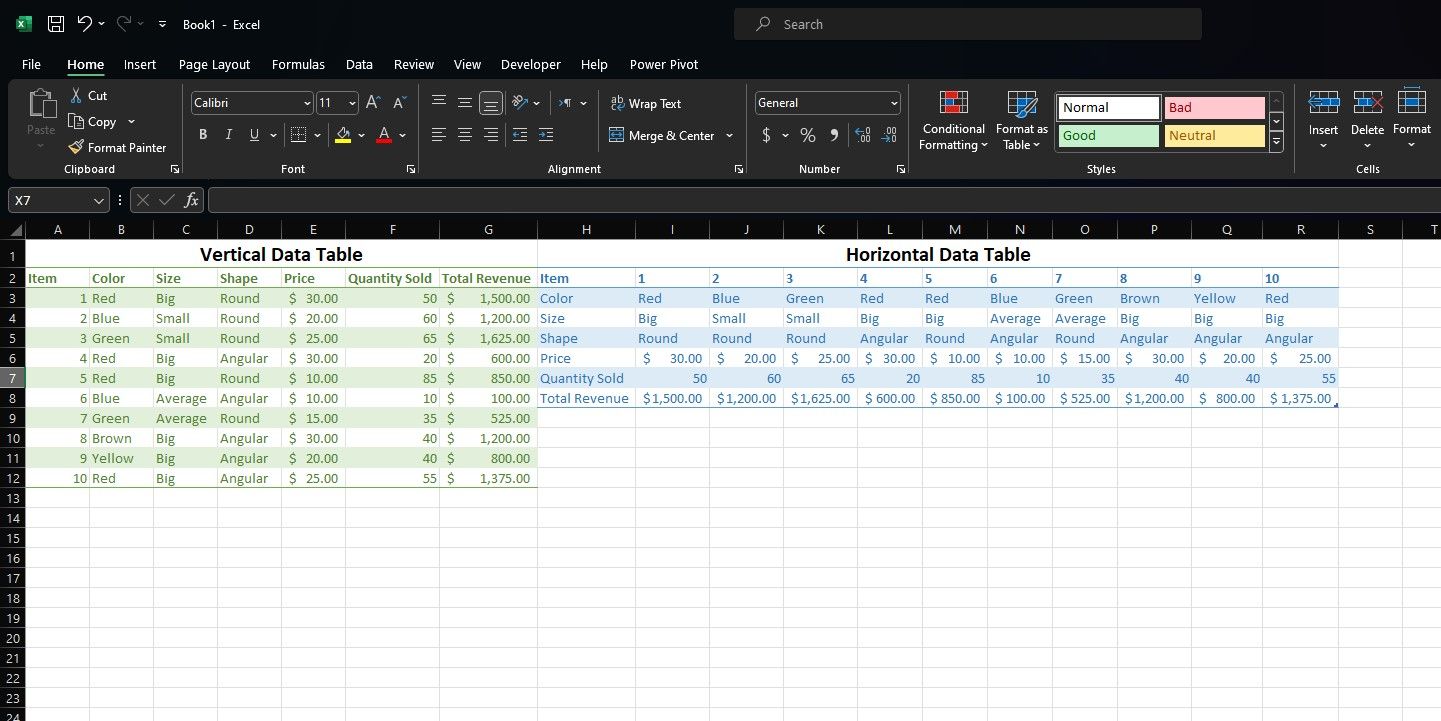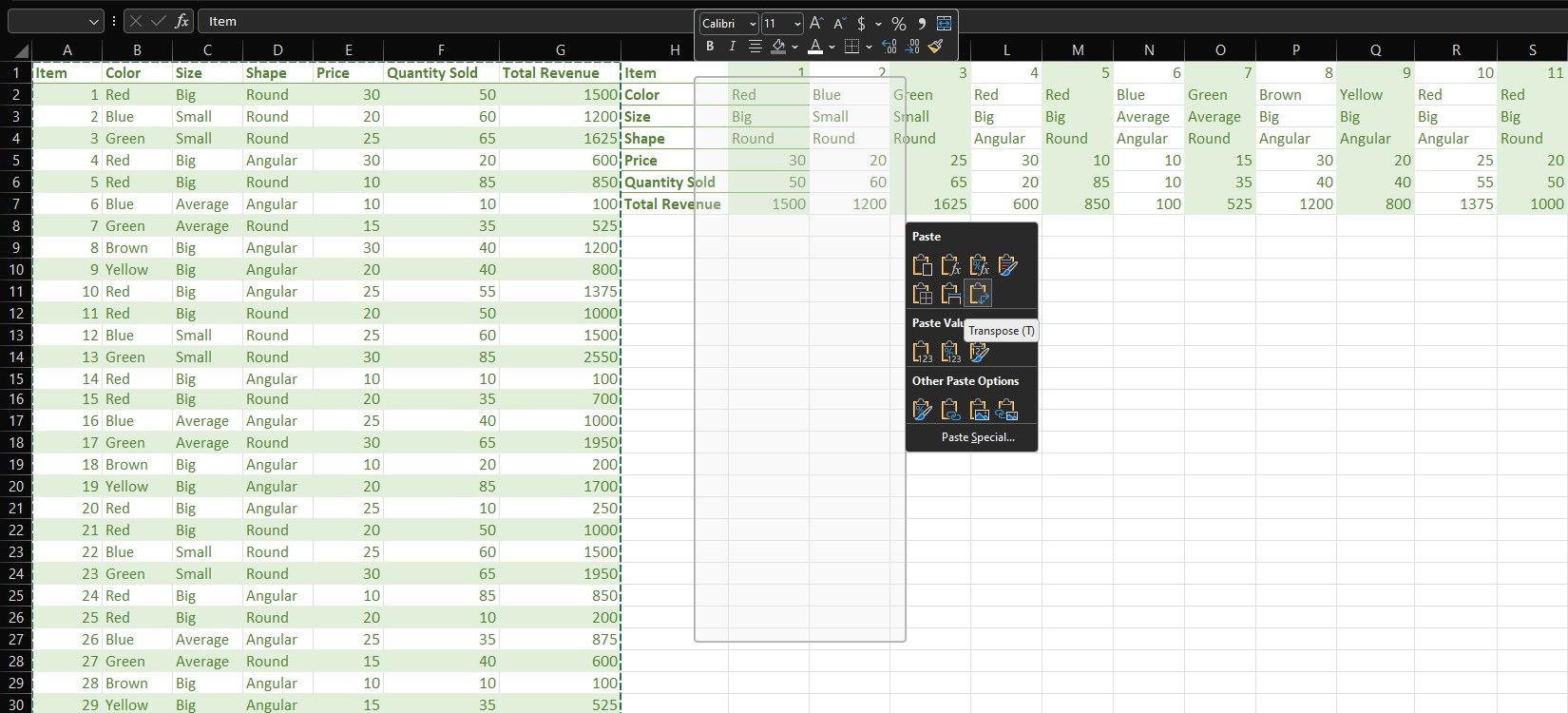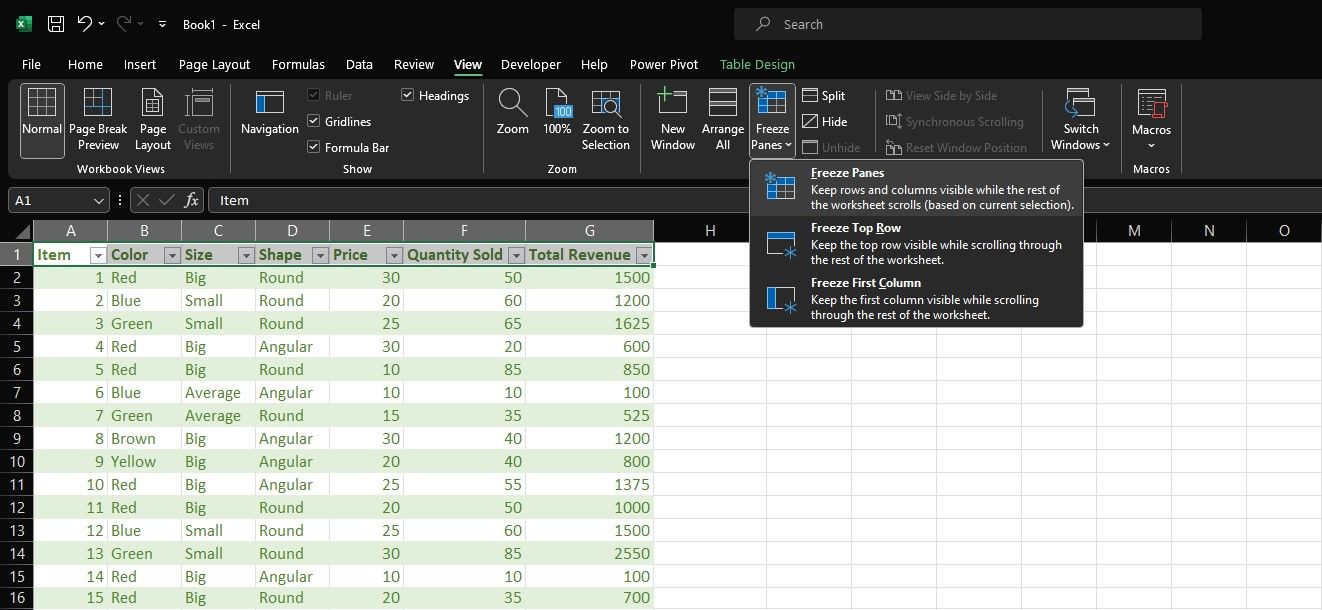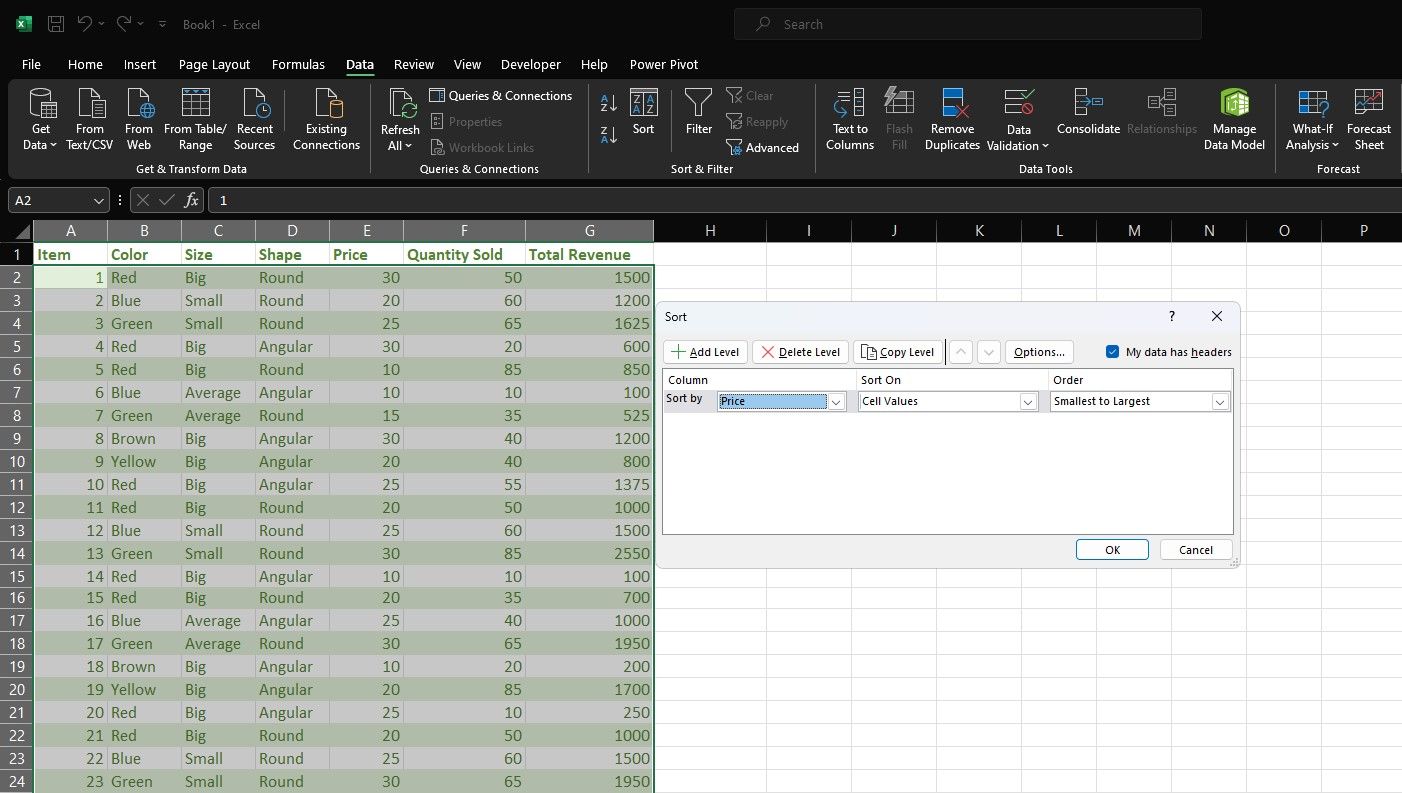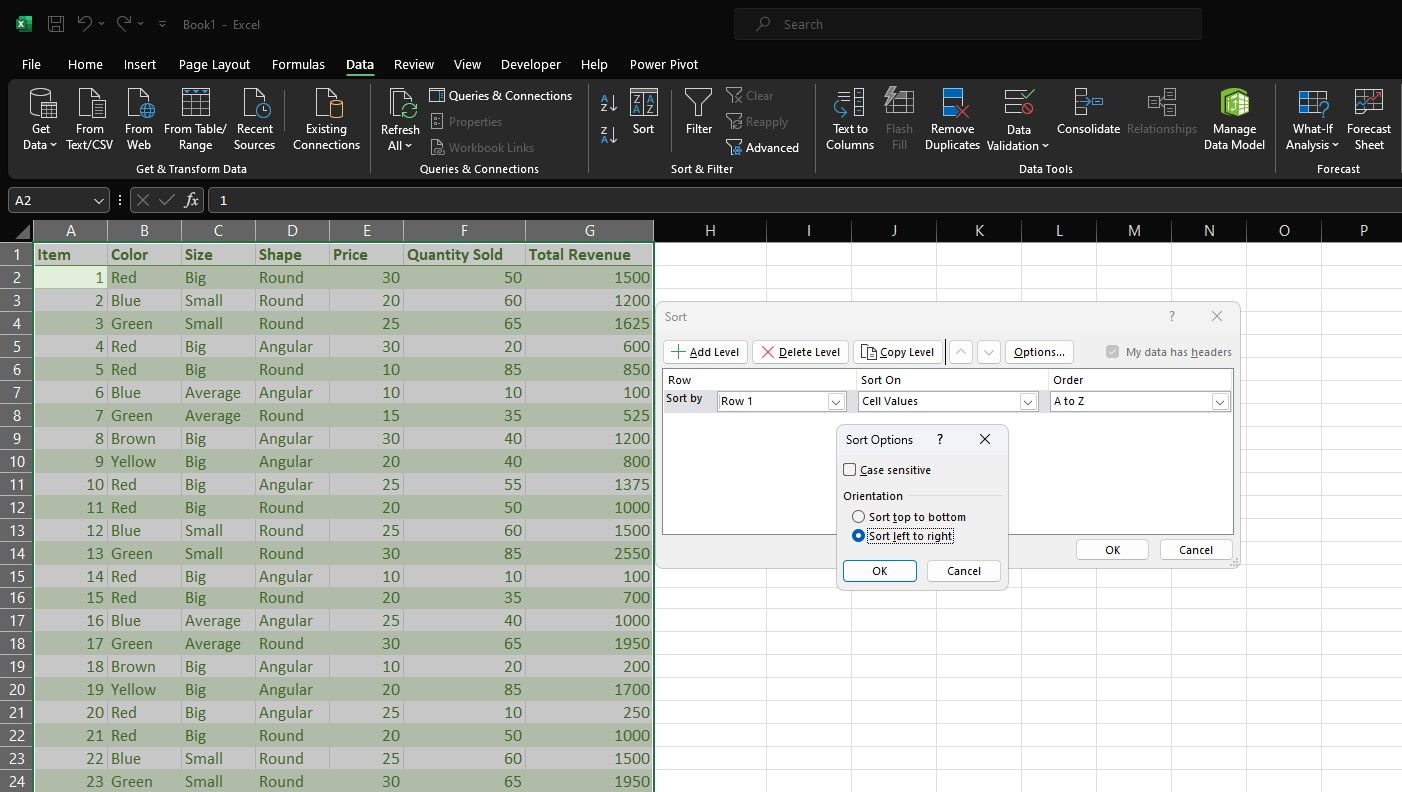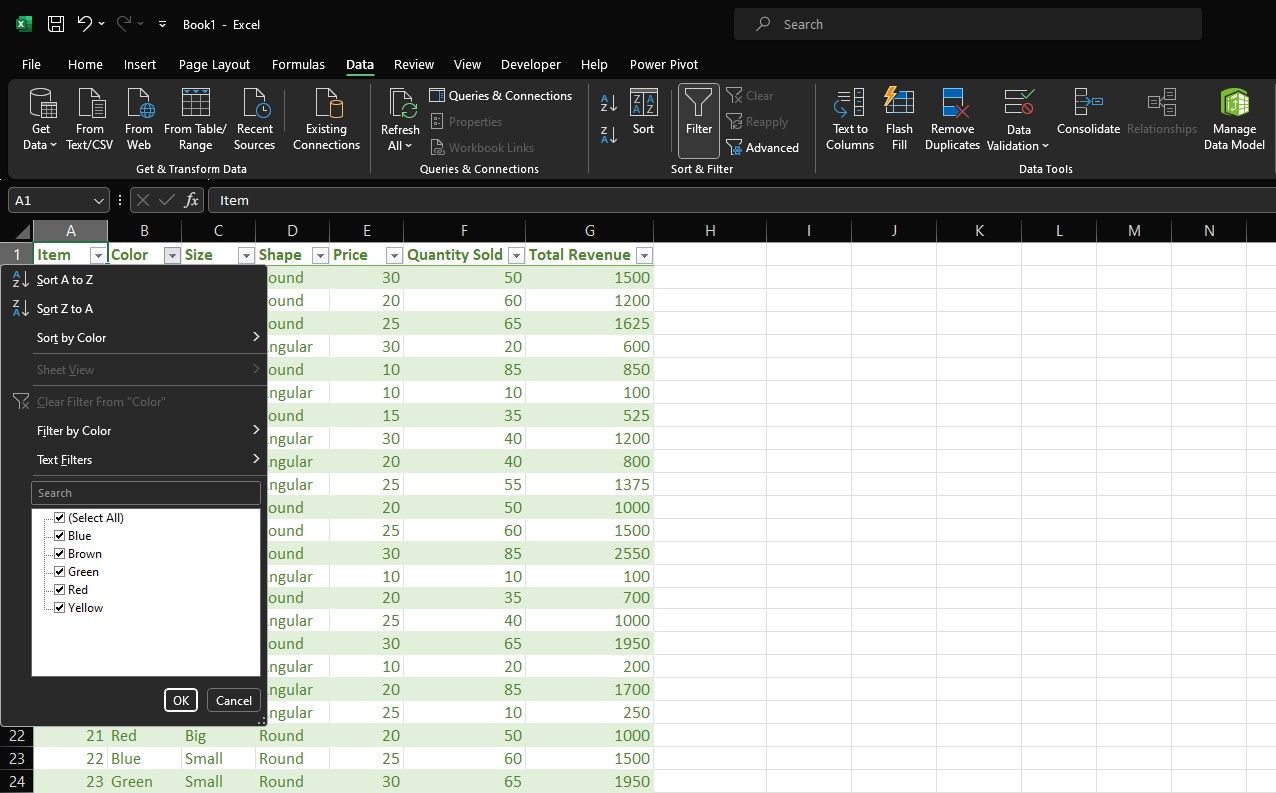
[ad_1]
Fast Hyperlinks
Key Takeaways
- Rows are horizontal divisions labeled with numbers, whereas columns are vertical divisions labeled with letters.
- Use the Transpose function to rapidly change rows to columns in Excel, saving time and bettering information presentation.
- Freeze panes, type, and filter choices in Excel assist with information administration, guaranteeing clear visibility and environment friendly information evaluation.
Rows and columns are essentially the most distinguished components in an Excel datasheet. Understanding the distinction is essential for environment friendly information administration. So let’s discover Excel rows and columns, and uncover methods for higher using each.
Excel Rows vs. Columns: What Is the Distinction?
Rows and columns are the constructing blocks of an Excel spreadsheet, forming a grid that lets you manage and analyze information systematically. Rows are horizontal divisions labeled with numbers, whereas columns are vertical divisions labeled with letters.
The intersection of a row and a column is called a cell, the place every cell holds a selected piece of information. A cell is addressed by its intersecting row and column: for instance, G7 is the cell on the intersection of column G and row 7.
The differentiation between rows and columns is extra than simply labeling; it is concerning the logical association of information. Rows sometimes characterize particular person data or entries, whereas columns categorize info into completely different attributes or variables.
For instance, in a gross sales spreadsheet, every row may characterize a special buyer or product. Columns may embody info similar to value, portions offered, and complete income. Understanding this elementary distinction is crucial for creating correctly structured and understandable spreadsheets.
How one can Successfully Use Rows and Columns in Excel
Maximizing the potential of rows and columns in Excel goes past their fundamental construction. Excel has helpful functionalities that allow you to get essentially the most out of the rows and columns in your spreadsheet.
When and How one can Change Rows and Columns in Excel
You possibly can lay out an information desk both vertically or horizontally, however the determination depends on extra than simply your private choice. Vertical tables are good for readability and lengthy lists, they usually match nicely in portrait orientation. Horizontal tables are good for evaluating values throughout classes, accommodating broad datasets, and aligning with graphical representations.
The easiest way to determine between vertical and horizontal information tables is to prototype each variations to get a visualization and see which one fits you greatest.
Take the spreadsheet above for instance. If the objective was to provide a rundown of the objects and their attributes, then the vertical information desk could be the only option. Nonetheless, in the event you needed to check the attributes of every merchandise with one other, then the horizontal information desk could be a greater match.
The transpose function is a helpful software to rapidly change rows to columns and save time when utilizing Excel. Choose the information vary you wish to change between and right-click on it. Select Copy, choose the vacation spot cell, right-click once more, and select Transpose beneath the Paste Particular choices.
How one can Freeze Rows and Columns in Excel
In massive datasets, it is common to lose sight of column or row headers as you scroll. Excel’s freeze pane function helps by permitting you to lock particular rows or columns in place whereas scrolling by means of the remainder of the spreadsheet.
To freeze rows or columns in Excel, choose the cells you wish to freeze and navigate to the View tab. Within the Window part, click on on Freeze Panes, and choose Freeze Panes. This ensures that the chosen rows or columns stay seen, offering context as you navigate by means of in depth datasets.
How one can Kind Rows and Columns in Excel
Sorting is a elementary facet of information evaluation, and Excel offers highly effective instruments for sorting each rows and columns.
To type rows based mostly on particular standards, choose the whole dataset, navigate to the Knowledge tab, and click on Kind. Select the column by which you wish to type the information, and specify the sorting order (ascending or descending). Selecting Cell values beneath Kind on will type the information alphabetically in Excel.
Apart from a minor tweak, the method is identical for sorting columns. When you’re within the type dialog, click on Choices and test Kind left to proper to type columns.
How one can Filter Rows and Columns in Excel
Excel’s filtering choices let you slim down your information set based mostly on sure standards, making it simpler to search out the knowledge you want.
To use filters, choose your information desk and go to the Knowledge tab. Then, within the Kind & Filter part, choose Filter. Excel will routinely add filter dropdowns to every column header, permitting you to pick out and show solely the specified information.
A stable understanding of the excellence between rows and columns in Excel is prime for efficient information administration and evaluation.
Now that you just perceive the logic behind and variations between rows and columns, you should utilize options like transposing, freezing panes, sorting, and filtering to optimize your Excel expertise and harness the total potential of this highly effective spreadsheet software.
[ad_2]
